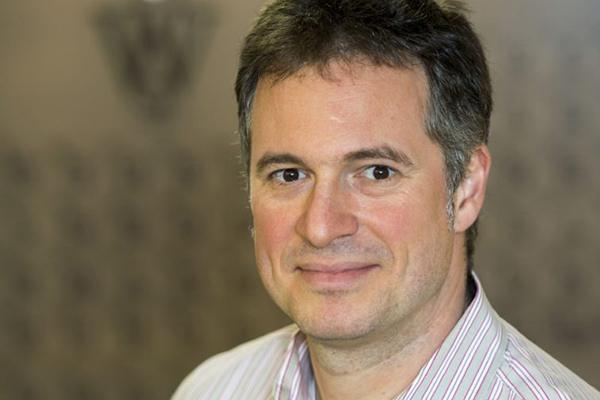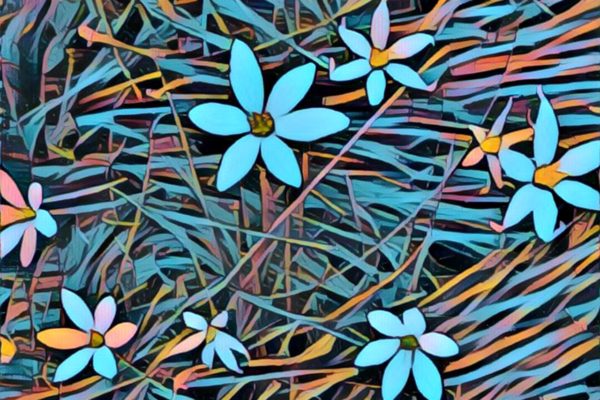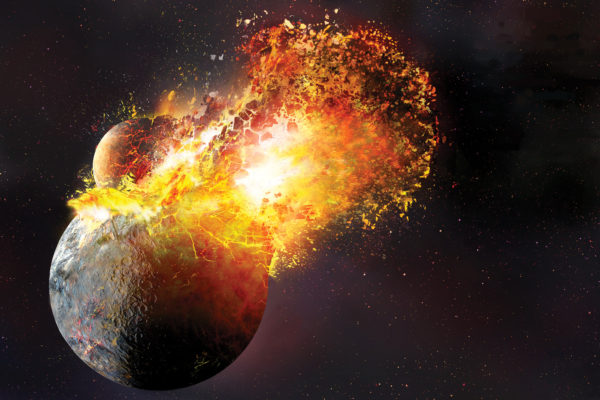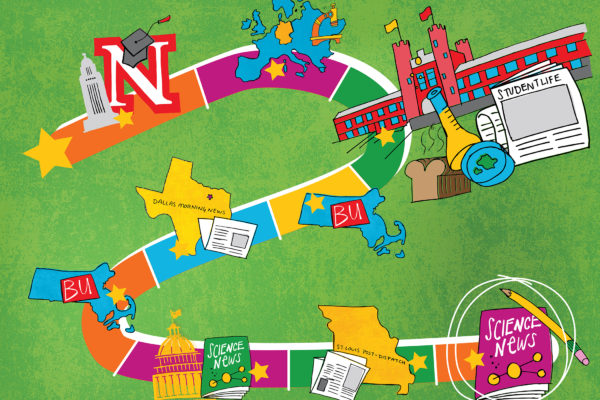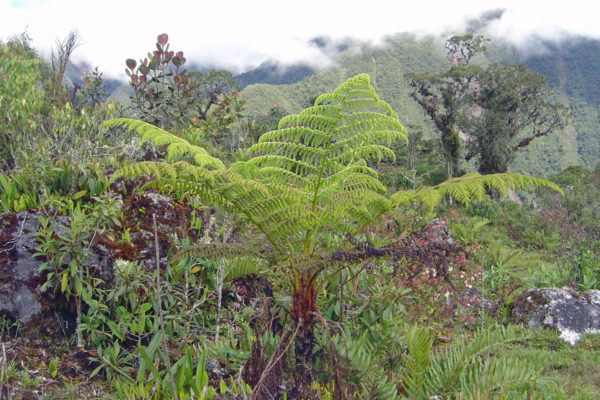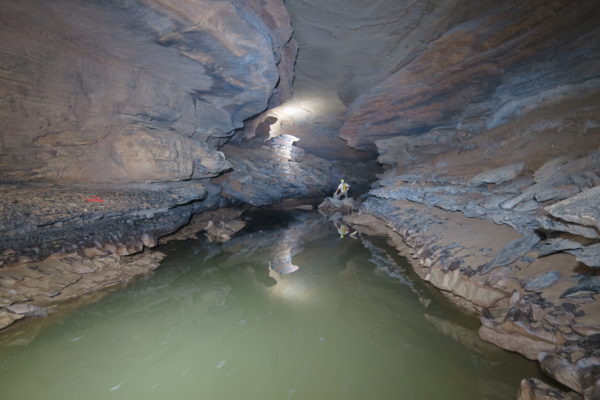Mirica wins American Chemical Society’s 2016 Saint Louis Award
Liviu Mirica, professor of chemistry in Arts & Sciences at Washington University in St. Louis, has won the American Chemical Society’s St. Louis Section’s 2016 Saint Louis Award.
Hidden green skills
What have plant scientists learned in the laboratory in the past three to five years that could be used to reduce inputs of water, chemical fertilizers and herbicides to agricultural fields?
Gluttonous cancer cells
A simple experiment, originally undertaken to test a new methodology, unexpectedly disproved the prevailing notion of cancer metabolism.
Planetary smackdown
The leading theory for the moon’s formation got in trouble recently when it was revealed that the moon and Earth are isotopic twins. Now highly precise measurements of the isotopes of an element that was still condensed at the “cut off” temperature when material started to fall back to Earth suggest a dramatic solution to the problem.
Checking out the cosmos
X-Calibur, a novel telescope that sees polarized X-rays rather than visible or infrared light, is preparing to launch from the Columbia Scientific Balloon Facility in Fort Sumner, N.M. The telescope’s scientific team is led by Henric Krawczynski, professor of physics in Arts & Sciences at Washington University in St. Louis.
Odom, Wencewicz win Young Investigator Awards for study of infectious diseases
Audrey Odom, MD, PhD, associate professor of pediatrics and of molecular microbiology in the School of Medicine, and Timothy Wencewicz, assistant professor of chemistry in Arts & Sciences, both of Washington University in St. Louis, are the recipients of inaugural ACS Infectious Diseases Young Investigator Awards.
Putting down a pipette, picking up a pen
Moving beyond the bench, alumna Tina Hesman Saey turned a strong interest in science and a love of language into a new career: science writing.
Without plants, there is no life
Botanists have organized to try to stem the frightening loss of plant species across the globe. How well are they doing? They recently met in St. Louis to exchange stories from the botanical front lines.
Taking out the trash
Autophagy (self eating) has long been considered a kind of indiscriminate Pac Man-like process of waste disposal. Now, scientists at Washington University have shown that apart from conditions of cell starvation, it is carefully regulated: both in plants and yeast — and most likely in people. The finding is relevant to aggregation-prone pathologies such as Alzheimer’s and Parkinson’s diseases.
Underground waterworks
Washington University geologists are helping to map the extensive cave that underlies a “sinkhole plain” in nearby southern Illinois.
View More Stories
